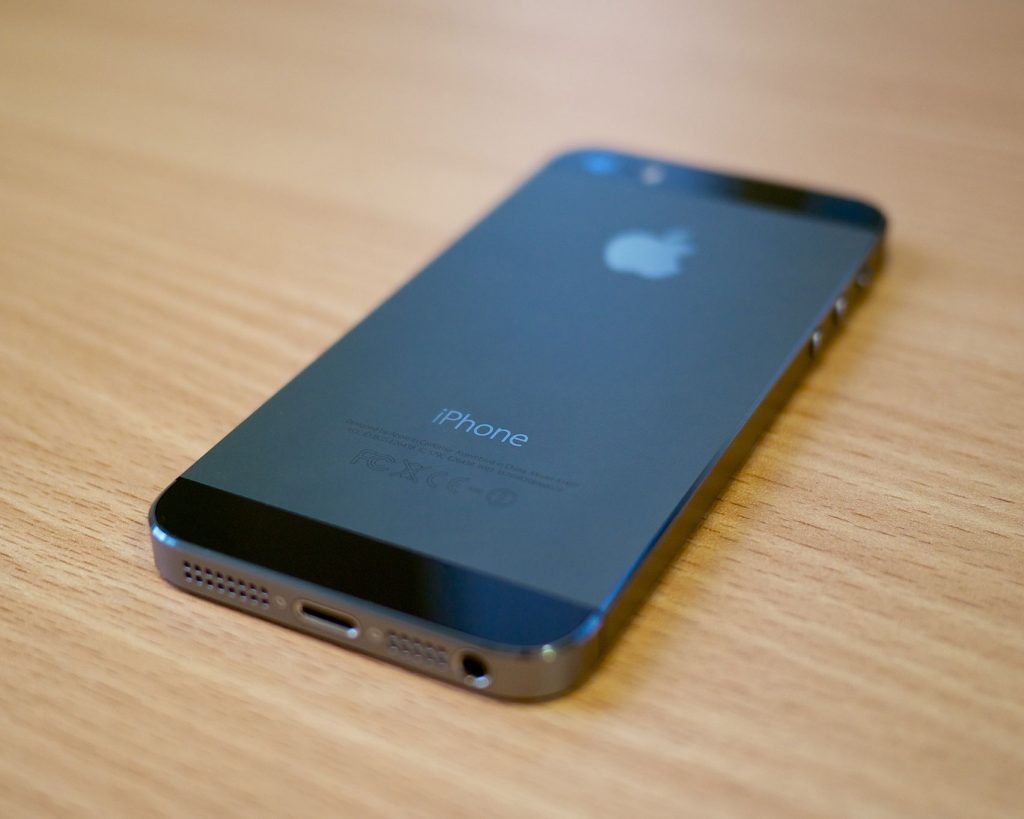Four things Apple’s PR strategy can teach us
SHARE
Pete Marcus
05 Sep 2014
You may have heard that Apple is launching some new products next week. Every Apple launch event is run like a military operation and accompanied by a deluge of news, comment and analysis, so this in-depth article by 9to5Mac on Apple’s PR strategy is well-timed.
Apple is famously disciplined (some might say secretive) in every aspect of what it does, and PR is no exception. So despite the multi-chapter length of 9to5Mac’s piece, what we actually learnt was relatively minimal.
For me, the article can be summarised in four points. They may not be groundbreaking, but they summarise Apple’s approach to PR – and given that Apple is probably the most effective PR machine in the world, maybe we can all learn something . . .
1) Communication is key to the brand – and the brand is built from the top
As Jeremy Bullmore once said, “Consumers build brands like birds build nests, from scraps and straws they chance upon.” Everything they see and hear from a brand builds their perception of it, from the product to the high-street store to the call centre to the ads and the communications.
No brand has been more disciplined and focused than Apple in broadcasting a consistent, cool, premium self-image – and that comes from everyday behaviour like rigorously imposing absolute secrecy about product launches, shredding documents and avoiding the temptation to get involved in distracting media ding-dongs.
Moreover, that example comes right from the top of the company, in having a single way of describing things and telling the brand’s story frequently and consistently. Which leads to point two . . .
2) The press release isn’t dead
I was surprised to read that Steve Jobs used to personally approve press releases that went out from Apple. For a start, that tells you that they didn’t put out many (and only did so when they genuinely had something important to say). But it also shows that having an agreed description of a product or announcement is vital for even the biggest of businesses. Jobs used his press releases to reinforce the single adjective he used for every Apple product (“magical” iPad, “revolutionary” iPhone and “legendary” App Store).
Some brands, like Uber, are pioneering the use of blog posts instead of press releases that get emailed out to journalists – but the result is the same. It’s an agreed communication from the organisation, an opportunity to tell their story. That tactic will never die.
3) The value of product reviews cannot be under-estimated
The care and attention Apple give to product reviews is incredible. For hardware brands, reviews are an absolutely vital mechanic and early sentiment – positive or negative – can help shape a narrative for the company that is then virtually unchangeable. (Product reviews are something we take particularly seriously at Harvard – we have a dedicated product reviews manager.)
The arts of understanding individual reviewers, cultivating fans, and tailoring material to them are the components that make product launches successful, and the skill that goes into them isn’t to be underestimated. It might not be the most glamorous part of Apple’s PR activity, but as a hardware company it’s probably the most important.
4) Culture marketing is becoming more and more important in PR
One of the teams within Apple’s PR division is given over to “momentum and buzz marketing”. This team is focused on making sure high-profile people, businesses and organisations use Apple products – in other words, “integrating Apple’s products into popular culture”.
This kind of work – which brands like Red Bull and Sonos call culture marketing – has been neglected by many PR agencies and brands up till now; it’s been done in a half-cocked way via endorsements and product placements. But properly understanding cultural trends, and ensuring our clients are tapping into them, should become a core constituent of PR in its broadest sense over the next few years, as the power of media gatekeepers declines. The best brands, like Apple and Samsung, are already doing it and it won’t be long before other brands catch up.
We help tech brands Make Their Move – from reshaping categories to reaching new audiences. Discover our capabilities and see how we can help you.
Photo credit: Kārlis Dambrāns on Flickr


